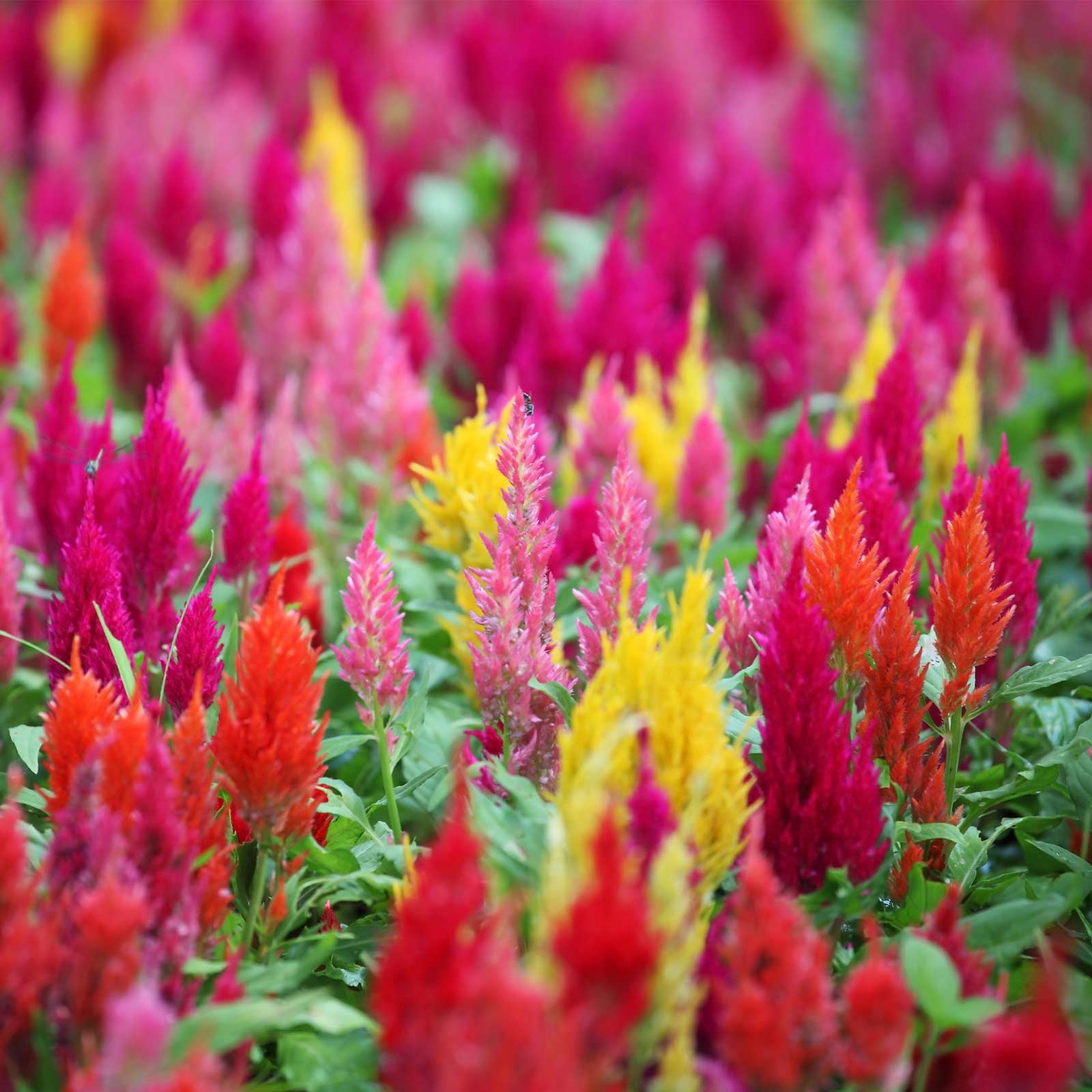

If you do plant something, it would make sense to consider drip irrigation. Then have your gardener distribute the chips with a wheelbarrow over your slope. If such is the case, I would just get some loads of wood chips from any tree trimmer, who would likely be happy to deposit them on your driveway to save the expense of going to the dump. If your slopes are not eroding, it means that the pines are keeping the soil in place. If your pines are fairly close together and cast an abundance of shade on your slope, I am wondering if you need to plant anything at all. Asparagus fern, like ivy, is virtually impossible to get rid of once it gets a foothold - don’t say I didn’t warn you - but it can grow in sun to partial shade and, once established, is rather drought tolerant. This is an extremely aggressive plant that is actually not a fern, but a member of the asparagus family. One of sword fern’s features as a ground cover is that it is one of only a few plants that effectively “swallows” pine needles that fall in it from trees overhead, so you are not burdened with the chore of removing pine needles that tend to smother plants growing under them.Īnother possibility is asparagus fern (Asparagus sprengeri). When this fern starts to look piqued, which it will after several years, you simply shear it to the ground and it grows back up again. There are many ferns that do this but the fastest growing species is sword fern (Nephrolepis exaltata). Do you have any suggestions for replacements? We have pine trees on the hill that give a lot of shade.Ī If your slope is covered with large pines that produce mostly shade, you may want to plant ferns whose rhizomes guarantee that they spread. Do you have any information about this? We live in the hills south of Ventura Boulevard with poor soil that has been amended in the past. Not that I am a fan of the ivy, but am puzzled why this is occurring. I have noticed this happening in other yards as well. Q We have a hillside that originally was covered with Algerian ivy. At one time, Los Angeles and the Valley were at the bottom of the ocean, and silty clay, or just plain clay soil, are a reminder of the sticky marine sediments that accumulated there. This should be welcome news to those who struggle with clay soil, which may be found throughout the Los Angeles basin. If you want to save money on your wheat celosia investment, plant it from seed, which is available through Internet vendors.Ī correspondent from Georgia, HC McDole assures me that wheat celosia flourishes in Georgia clay, which has a reputation for poor drainage. Don’t be tempted to spoil wheat celosia with an abundance of water, which will promptly kill it. This fall is the first time I have seen wheat celosia, a new introduction from Africa, in local nurseries, and it is widely available, on display everywhere from Home Depot to Armstrong Garden Centers to Trader Joe’s. Though the latter name would include the more common plumed celosia, seen in nurseries for years, which blooms in red, pink, yellow and orange, but is much more finicky than its purple cousin. I have seen several botanical names attached to it: celosia spicata (which means spiky celosia), celosia caracas (also called celosia ‘Intenz’), and celosia argentea var. The plant in question has several names, including wheat celosia (a reference to the feel of its flowers), purple celosia, and flamingo feather. And if all that were not enough of a recommendation, it self-sows, too, so you will always have seedlings coming along.

The plant grows quickly into a 6-foot specimen, can serve as an informal hedge, and may be grown indoors. Leaves are lanceolate (lance-shaped) and bronzy-burgundy in color.

Flowers are violet-purple and bloom from late spring through fall. Imagine an annual plant that grows with weed-like abandon, yet its multitude of flowers can last for months in dry arrangements.


 0 kommentar(er)
0 kommentar(er)
